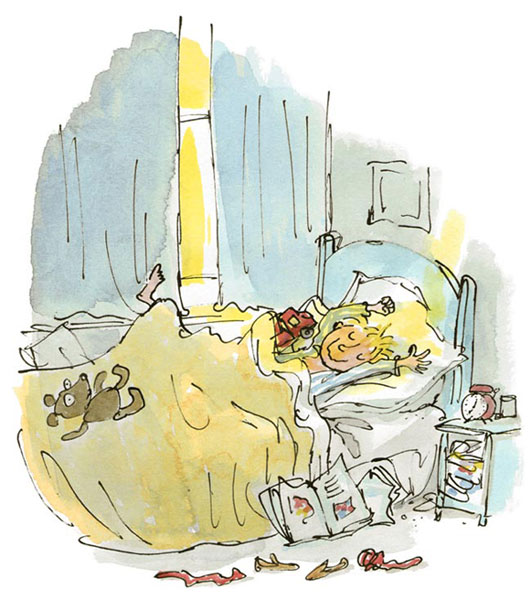


Centuries later, the Italian artist and writer Cennino Cennini also referred to the alchemical process of making vermilion in his craftsman’s handbook Il Libro dell’Arte (late 1390s) but advised to buy it ‘ready-made in an unbroken lump, as some apothecarists were known to contaminate the precious pigment with red lead or brick dust’.

The resulting blackened lump was then ground with water when the fiery red colour of the vermilion powder developed. He said, ‘ blazing coals … You hear a crashing noise inside, as the mercury unites with the blazing sulphur’. 1150) by Theophilus, believed to have been a Benedictine monk. To create the pigment, sulphur and mercury were blended over heat, as dramatically described in the technical handbook De Diversis Artibus ( On Diverse Arts) (c. Known from China since the fourth century BCE, the recipe for vermilion did not enter Europe until around the eighth century and was thought to have come from the Arab alchemist Jabir Ibn Hayyan. It is the synthesised, powdered form of cinnabar, a naturally occurring mineral ore comprising mercury and sulphur. Vermilion was regarded as the medieval prince of reds. The following pigments feature in Spectrum: An Exploration of Colour and are illustrative of the complex and fascinating history behind the manufacture of artists’ colours. This is evidenced in many surviving scientific texts from the Medieval period that contain pigment recipes using plants, minerals and metals, many of them highly toxic. Alchemy focused on the transformation of matter – in particular, the desire to turn base metals into gold, albeit unsuccessfully, but was also closely related to the manufacture of artist’s pigments. The manufacture of pigments, inks and dyes was part of the ancient practice of alchemy, regarded as an art form in itself, and now seen as the precursor to modern chemistry. 159.ĭuring the Medieval and Renaissance periods (tenth to sixteenth centuries), colour was appreciated as much for its material, scientific and medicinal properties, as it was for its visual qualities, the natural materials for coloured pigments also forming the basis for medicines and broader scientific enquiry. 1 Philip Ball, Bright Earth, Vintage Books, London, 2009, p. Green earth is too weak, Spanish green too crude and ashes not sufficiently durable’. The seventeenth-century Dutch artist Samuel van Hoogstraten complained, ‘I wish that we had a green pigment as good as a red or yellow. Prior to the broader introduction of synthetic colour pigments in the late nineteenth century, artists were not able to readily source the range and vibrancy of pigments and paints they desired.


 0 kommentar(er)
0 kommentar(er)
